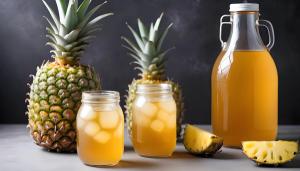
Researchers developed a technique optimizing the extraction process of six cannabinoids in cannabis oil and marijuana samples, as well as an analytical validation of a quantitative and qualitative method for seven cannabinoids, using ultrahigh-performance liquid chromatography coupled with low-resolution mass spectrometry (UHPLC-LTQ-MS).



































